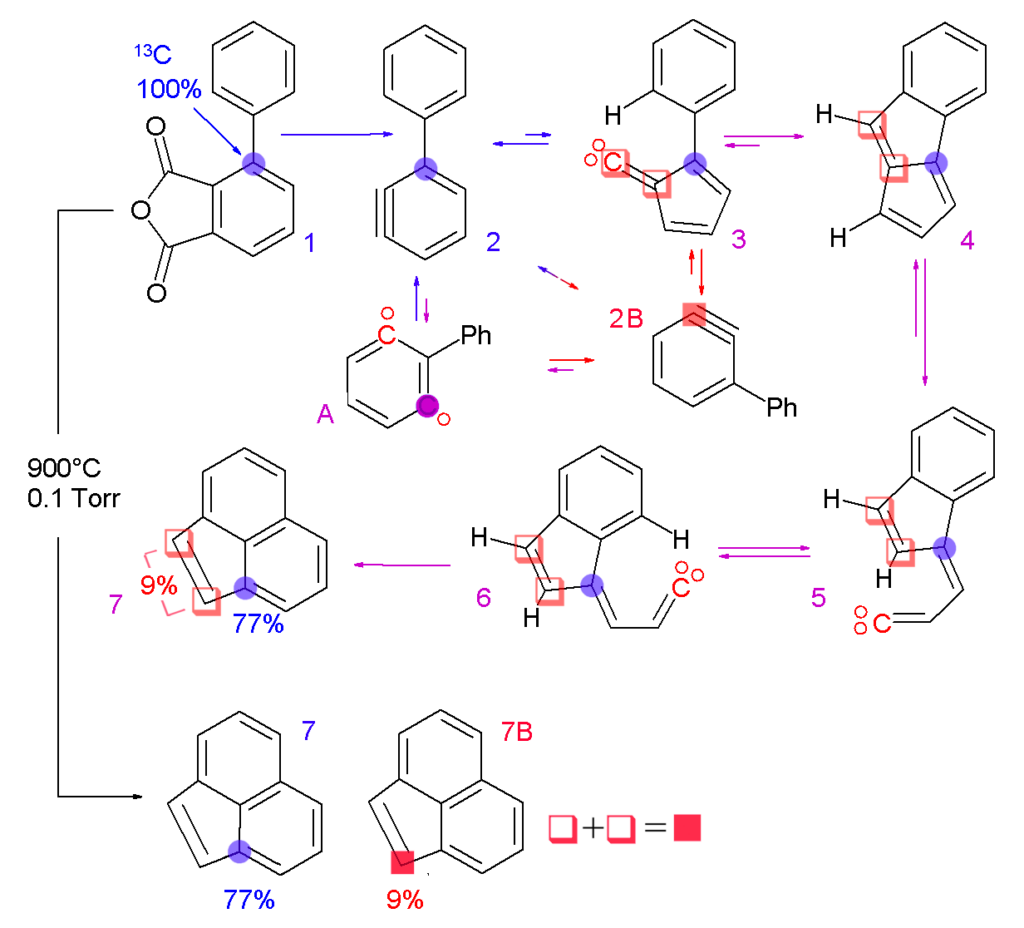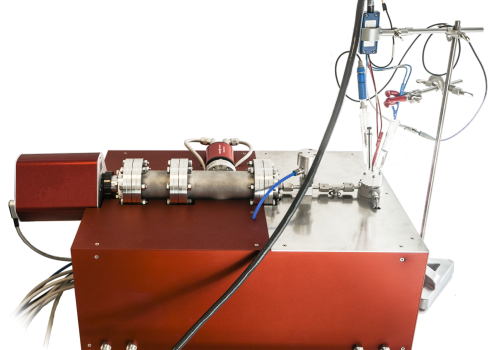Isotope Labeling, Full Quantification Isotope Labeling, and the Role of EC-MS from Spectro Inlets
Wondering about what Isotope Labeling and Full Quantification Isotope Labeling is? We we try to make a short explanation and also relate it to our product, the EC-MS
Isotope Labeling
Isotope labeling is a technique used to track the passage of an isotope (an atom with a detectable variation in neutron count) through a chemical reaction, metabolic pathway, or a biological cell. The reactant is ‘labeled’ by replacing one or more specific atoms with their isotopes. This allows scientists to follow the path of these isotopes through a reaction or a cell’s metabolic pathway. The isotopes used in labeling may be stable nuclides or radionuclides.
There are multiple ways to detect the presence of labeling isotopes; through their mass, vibrational mode, or radioactive decay. Mass spectrometry detects the difference in an isotope’s mass, while infrared spectroscopy detects the difference in the isotope’s vibrational modes. Nuclear magnetic resonance detects atoms with different gyromagnetic ratios.
Full Quantification Isotope Labeling
Full quantification isotope labeling is a more advanced and precise method used in quantitative proteomics. This technique involves labeling the samples with stable isotope labels that allow the mass spectrometer to distinguish between identical proteins in separate samples. This method is more costly and time-consuming than label-free quantification, but it is less sensitive to experimental bias.
Quantitative proteomics is a powerful approach used for both discovery and targeted proteomic analyses to understand global proteomic dynamics in a cell, tissue, or organism. Most quantitative proteomic analyses entail the isotopic labeling of proteins or peptides in the experimental groups, which can then be differentiated by mass spectrometry.
EC-MS from Spectro Inlets
The ElectroChemical Mass Spectrometry (EC-MS) from Spectro Inlets is a turnkey solution for mass spectrometry analysis of electrochemical reactions. It is a complete platform for electrochemistry experiments with real-time measurements4. It incorporates unique microchip inlet technology with a vacuum and gas-handling system and a mass spectrometer to deliver unprecedented real-time measurements of volatile substances in liquid environments.
As a result, the EC-MS can characterize minute gas evolution at the surface of an electrode for electrochemistry and battery R&D. It measures composition changes of volatile species with a time resolution down to 0.1 seconds. It also has exceptional sensitivity, allowing it to measure submonolayer desorption phenomena with sub-second time resolution and easily record transient effects.
In conclusion, isotope labeling and full quantification isotope labeling are powerful techniques used in various fields of science, including chemistry, biochemistry, and proteomics. The EC-MS from Spectro Inlets provides a robust and efficient platform for conducting these analyses, offering real-time measurements and exceptional sensitivity.

A carbon-13 label was used to determine the mechanism in the 1,2- to 1,3-didehydrobenzene conversion of the phenyl substituted aryne precursor 1 to acenaphthylene. Borroved from Wikipedia.
See more about the EC-MS Professional:
See Our 3 different products:
In-depth GAS ANALYSIS FOR BATTERY RESEARCH
The Spectro Inlets EC-MS Premium enables real-time gas evolution measurements for battery research.
Effortless mass spectrometry for electrochemists
The Spectro Inlets EC-MS is a complete platform for mass spectrometry analysis of electrochemical reactions in real-time.
In-Line Process Monitoring for bio-manufacturing
The Spectro Inlets In-Line MS offers valuable real-time data on dissolved gases and volatiles in liquids during production processes.



